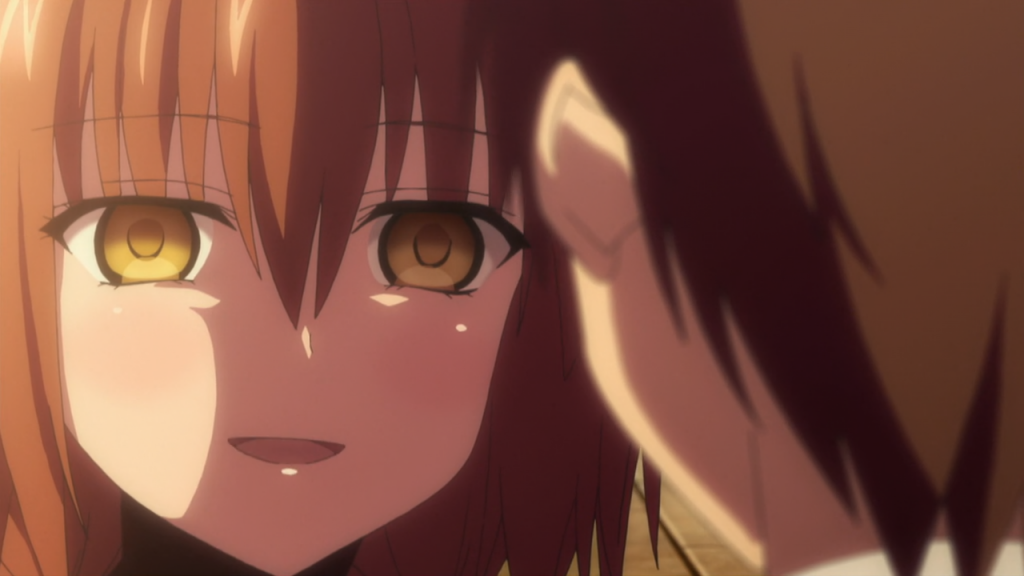

Following CR and superior IC lesions, the dispersed pathway distribution may correlate with acute orofacial dysfunction with spared pathways contributing to orofacial motor recovery. Finally, at inferior ccCP levels, all pathways overlapped. In the ccCP, M3 fibers were located medially and M1 fibers centromedially, with M2, LPMCv, and M4 pathways overlapping in between.

Inferiorly, all pathways maintained this orientation but shifted posteriorly, with adjacent fiber bundles overlapping minimally. At superior IC levels, the pathways were widespread, involving the anterior limb, genu and posterior limb with the M3 projection located anteriorly, followed posteriorly by projections from M2, LPMCv, M4 and M1 respectively. Medial motor area fibers (M2/M3/M4) arched over the caudate and lateral motor area fibers (M1/LPMCv) curved over the putamen. We studied the trajectory of the corticobulbar projection from the orofacial region of the primary (M1), ventrolateral (LPMCv), supplementary (M2), rostral cingulate (M3) and caudal cingulate (M4) motor regions through the corona radiata (CR), internal capsule (IC) and crus cerebri of the cerebral peduncle (ccCP).

Subcortical white matter injury is often accompanied by orofacial motor dysfunction, but little is known about the structural substrates accounting for these common neurological deficits.


 0 kommentar(er)
0 kommentar(er)
